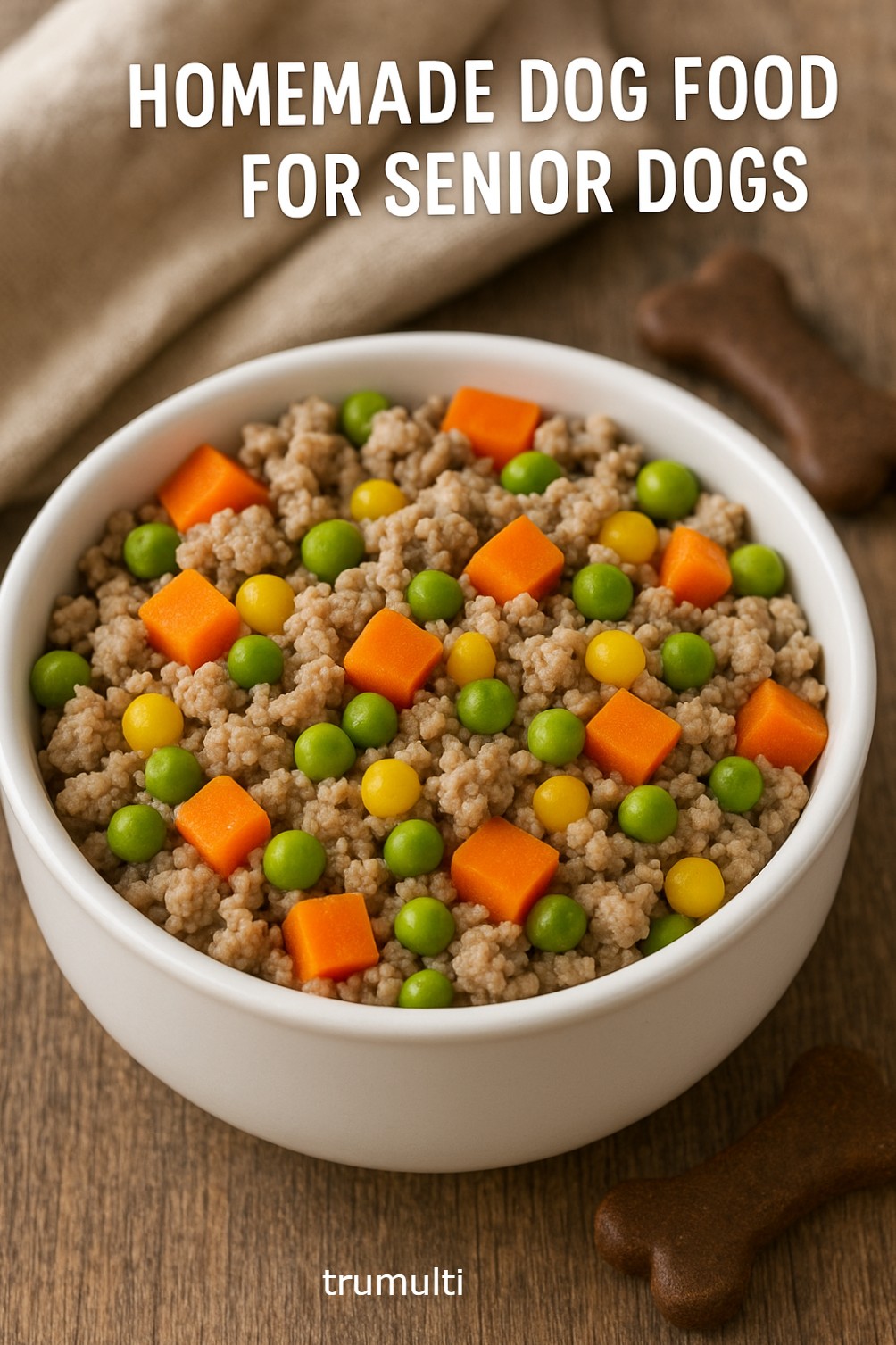What is Cachopo
Cachopo recipe consists of two large veal fillets and includes ham and cheese.It is traditional asturian cuisine.
Do you know the history and origin of cachopo? It isn’t that important to know. If you know it, you will increase your knowledge.
The cachopo is a culinary icon hailing from Asturias, a region in northern Spain. While its precise origins are somewhat debated, it’s clear that this hearty dish has deep roots in Asturian gastronomy. Historical references point to early mentions in the 18th century, with its popularity significantly rising in the mid-20th century. Specifically, the 1950s saw restaurants in Oviedo popularize the cachopo, cementing its place in local cuisine.
The dish’s evolution reflects Asturias’s rich culinary heritage, utilizing local ingredients like quality beef or veal, and regional cheeses and hams. This has resulted in a dish that is a true representation of Asturian culture.
The cachopo is a culinary icon hailing from Asturias, a region in northern Spain. While its precise origins are somewhat debated, it’s clear that this hearty dish has deep roots in Asturian gastronomy. Historical references point to early mentions in the 18th century, with its popularity significantly rising in the mid-20th century. Specifically, the 1950s saw restaurants in Oviedo popularize the cachopo, cementing its place in local cuisine. The dish’s evolution reflects Asturias’s rich culinary heritage, utilizing local ingredients like quality beef or veal, and regional cheeses and hams. This has resulted in a dish that is a true representation of Asturian culture.
Cachopo is popular and culturally important in Asturias because it’s a big, tasty, and satisfying meal that uses local ingredients. It’s become a symbol of Asturian food, often shared during celebrations and family gatherings. Really, I eat this food. This food is delicious and flavor. This is very interesting to see.
How to make cachopo recipe at home
I am write about “ How to make a cachopo recipe at home”. I share my experience and opinions. I will be sure, it is very helpful for you.
Why Make Cachopo at Home?
- Customization: You have complete control over the ingredients. You can choose your favorite type of beef, ham, and cheese, and experiment with different seasonings and fillings. I also prefer, you make this food at home. You know what you like. When you customization this food, you can give importance to your choice.
- Cost-effectiveness: Making cachopo at home can be more affordable than ordering it at a restaurant, especially if you’re making it for a family or group.
- Freshness: Homemade cachopo is guaranteed to be fresh and cooked to your liking. You can eat this food when you complete your cooking. So, you can eat this food with freshness.
- Satisfaction: There’s a certain satisfaction that comes from creating a delicious and impressive dish from scratch.
- Fun and learning: It’s a fun and rewarding culinary experience that allows you to learn new techniques and improve your cooking skills.
- Portion Control: when cooking at home, you can control the portion sizes.
Oneday, my friend invited me to his home for a holiday. I accepted his invitation and went to his home.
Then I was surprised.Firstly, I learned how to make a cachopo recipe at home from my friend.
Authenticity vs. restaurant versions
My experience with making cachopo at home versus getting it at a restaurant.
Authenticity:
Home: You can aim for true Asturian authenticity, researching traditional recipes and using quality ingredients. You can keep track of your preference and your tastes.
Restaurant: Restaurants may adapt recipes, sometimes adding modern twists or using what’s easily available. But you can’t keep track of your preference and your own tastes.
Cost-effectiveness:
Home: Much cheaper! You buy ingredients in bulk, and make several cachopos for the price of one restaurant meal.
Restaurant: Restaurants have overhead costs, so the price is higher. When you go to a restaurant to eat any recipes, you must pay extra money for tips.
Customization Options:
Home: Total control! You pick the beef, ham, cheese, and seasonings. Want extra cheese? Go for it!
Restaurant: Limited choices. You usually pick from a menu.

Freshness:
Home: You cook it fresh, right when you want it. You must know, fresh food will be healthy in your body. Without fresh food, when you eat this food it is harmful to your body.
Restaurant: While often fresh, it depends on the restaurant’s volume. All restaurants aren’t the same and not all restaurant food is the same. Some restaurant food is so good and fresh. You won’t know if you are eating home food or restaurant food. It’s so delicious.
Ingredients and Equipment of Cachopo recipe
To make simple Cachop, here is what you need for making recipes. I will share my experience. I learned from my friend. I will share what I have learned. I have also cooked at my home a few times.
Ingredients:
- Beef: Thin steaks, like sirloin or veal. You need two per cachopo. Example: you make five cachopo. Then you need 10 pieces of pieces. Then you can make proper cachopo.
- Ham: Sliced ham, like Serrano or cooked ham. Without ham, you can’t make proper cachopo recipes.
- Cheese: Sliced cheese, like Manchego, mozzarella, or your favorite melting cheese. You can also use your favourite cheese.
- Flour: For coating the beef, you need flour. It is also needed for making cachope.
- Eggs: Beaten, for dipping. When you eat, you can get extra protein for the egg.
- Breadcrumbs: For the crispy coating, you need breadcrumbs.
- Salt and Pepper: To season the beef.
- Olive Oil: For frying, you must need olive oil.
Equipment:
- Cutting board: For preparing the beef and other ingredients, you need a cutting board. You can also use it for cutting pepper.
- Meat mallet or rolling pin: To flatten the beef, you need a rolling pin.
- Three shallow dishes: One for flour, one for beaten eggs, and one for breadcrumbs. You can leave extra dishes.
- Frying pan: A large one, for frying the cachopo.
- Tongs: For handling the cachopo.
- Paper towels: To drain excess oil, you can use paper towels. Extra oil isn’t good for health. So,you need to use paper towels to reduce the oil.
How to Make Cachopo at Home
Step by step how to make cachopo recipe at home.
1. Preparing the Meat
Trimming and tenderizing the beef
Choose your beef: Get thin steaks, like sirloin or veal. They should be big enough to fold over.
Trim the fat: Use a sharp knife to cut off any excess fat or tough bits around the edges. This helps the cachopo cook evenly. You know that fat is not good for our health. So, you need to trim the fat. Besides, You can not make these recipes with fatty meat.
Flatten the steaks: Place one steak between two sheets of plastic wrap or parchment paper.
Use a rolling pin to pound the steak. Hit it gently but firmly. Flatten it until it’s about ¼-inch thick. This makes it tender and easier to fold. Repeat with the other steak.
Season: Sprinkle salt and pepper on both sides of each flattened steak.
2. Seasoning the meat with salt and pepper
In the preparation of a traditional Cachopo, seasoning the meat with salt and pepper is a foundational step. This simple yet crucial action enhances the inherent flavors of the beef, laying the groundwork for the dish’s overall taste. Before the fillets are filled, breaded, and fried, they are carefully seasoned, ensuring that each bite delivers a well-balanced and savory experience. As a result, People will get flavored food and they will be happy for eating this food.
This basic seasoning allows the subsequent layers of ham and cheese to complement, rather than overpower, the beef’s natural richness. Without this process, You can make these recipes but you aren’t satisfied after eating food.
3. Stuffing the Cachopo
First step, you are laying out the meat slices. Then you will add the ham and cheese (or other fillings). Then, folding and sealing the edges. Many people use toothpicks and many people don’t use toothpicks. You can use it or not if you want. It’s entirely your personal choice.
4. Breading the Cachopo
I think, breaing the cachopo is one kind of art. I am presenting it to you in a different way. If you have any difficulty understanding it, let me know and I will explain it to you better.
The art of “breading the cachopo” is a delicate dance, a culinary ritual that transforms simple ingredients into a masterpiece of texture and flavor. Each stage, from the initial dusting of flour to the final, golden crispness, is executed with precision. The thin, tender fillets of veal, carefully layered with ham and cheese, are first enveloped in a fine, powdery embrace of flour, ensuring a dry surface for the egg to adhere.
Next, they are submerged in a bath of beaten eggs, their golden yolks lending a rich, velvety coating. Finally, the cachopo is rolled in a blanket of breadcrumbs, each tiny fragment clinging to the moist surface, promising a symphony of crunch. This meticulous process, akin to a painter carefully layering hues, is what elevates the cachopo from a mere dish to an experience, a delightful interplay of soft, savory filling encased in a perfectly crisp, golden shell.
Are know about Easy Ditalini Pasta Recipes: Soups, Salads & More..
I share my experience and opinion. I think it will be helpful for making this recipes.
5. Frying the Cachopo
Heat the Oil:
- Use a generous amount of olive oil or sunflower oil in a large frying pan for heat the oil.
- You need to be careful not to heat the oil to high temperatures. Heat the oil to a medium temperature. It’s crucial that the oil isn’t too hot, as this will burn the bread before the inside cooks.
Frying Process:
- You must prepare frying cachopo.Carefully place the breaded cachopo into the hot oil.
- Fry each side until it turns a deep, golden brown. This typically takes a few minutes per side. It is not possible to say exactly how long it will take to fry until golden brown.
- Ensure the cachopo is cooked through, with the cheese melted and the meat cooked.
Post-Frying:
- Remove the fried cachopo from the pan and place it on paper towels to drain any excess oil. Oil is not good for our health. Without oil, we can not make this recipes. For removing oil, you will use paper towels.I always prefer to serve the cachopo hot.
6. Finishing Touches
A sprinkle of flaky sea salt, just before serving, enhances the savory depth, while a vibrant garnish of fresh parsley or a scattering of piquillo peppers adds a pop of color and a hint of piquancy. A side of crispy fried potatoes or a simple green salad provides a delightful contrast in texture and flavor, completing the symphony of tastes. Some chefs might drizzle a light, flavorful sauce over the cachopo, adding another layer of complexity. These final, thoughtful additions transform a simple fried dish into a culinary masterpiece, leaving a lasting impression of warmth and satisfaction.
After frying the Cachopo, your recipe is ready for eating. If you want to flavor in different ways, you can use different iteam like salt, pepper, green salad, sauce etc in cachopo recipes.
Conclusion
In conclusion, the cachopo, a substantial and flavorful dish originating from Asturias, Spain, stands as a testament to the region’s rich culinary heritage. From its historical roots in the 18th century, gaining significant popularity in the 20th century, to its modern-day status as a beloved icon, the cachopo embodies the essence of Asturian gastronomy. Whether enjoyed in a restaurant or prepared at home, it offers a satisfying and customizable experience, highlighting the quality local ingredients and the joy of traditional cooking.
The ability to control ingredients, cost, and freshness when making cachopo at home, combined with the satisfaction of creating such a hearty meal, makes it a rewarding endeavor. Ultimately, the cachopo is more than just a dish; it’s a cultural symbol, a source of communal enjoyment, and a delicious representation of Asturian pride.
I hope ,It is helpful for increasing your knowlage. You can stay connected to our Facebook page and this website to get regular updates about such foods.





